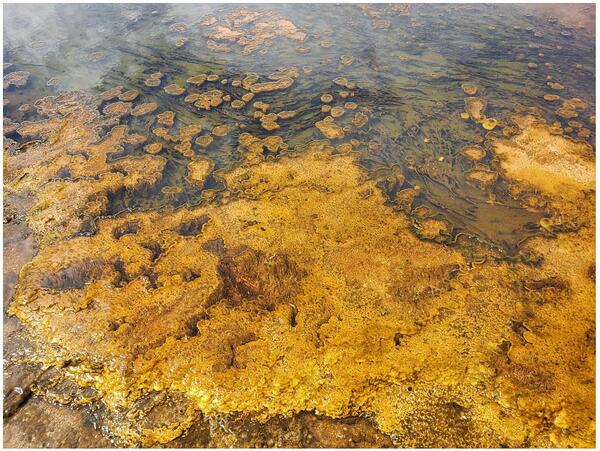Mineral stability diagram showing minerals that are stable under changing temperature and dissolved silica concentrations at and just beneath the floor of Yellowstone Lake
linkMineral stability diagram showing minerals that are stable under changing temperature and dissolved silica concentrations that are found at and just beneath the floor of Yellowstone Lake. Two important points illustrated by this diagram are: (1) the minerals that are stable when reacted with vapor-dominated fluids (kaolinite, boehmite) differ substantially fro






















